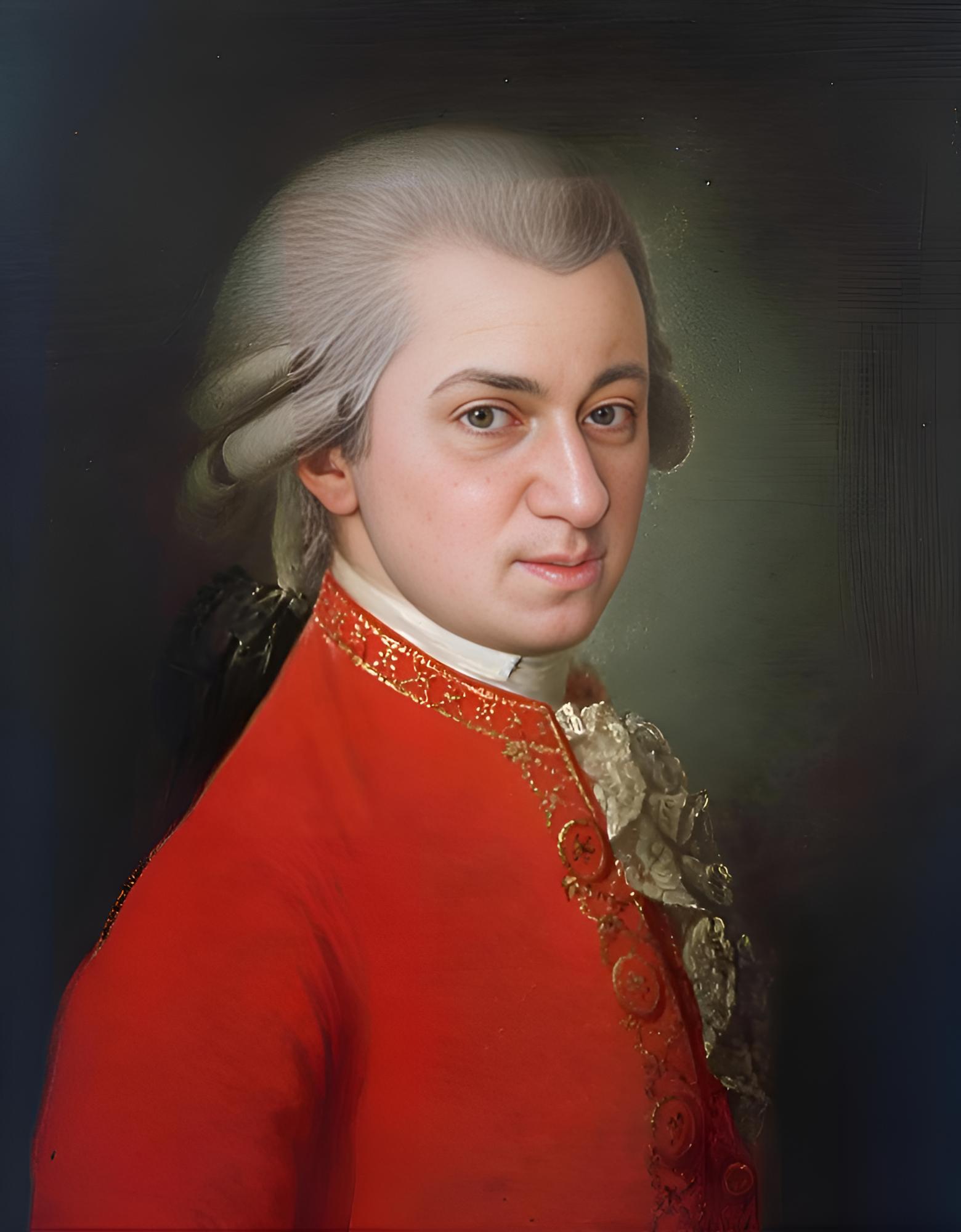Too beautiful to be sad Mozart
JosephⅡ: “It’s very good.
Of course now and then, just now and then…
It seems a touch…
I meen occasionally…
It seems to have… It seems to have too many notes.”
Mozart:”I don’t understand. There are Just as many notes as are required, neither more nor less. Which few did you have in mind, Majesty?”
Scene from the first half of the movie “Amadeus” after the performance of “Die Entführung aus dem Serail (The Abduction from the Seraglio)” on the opera stage. Mozart snap at the emperor. He is absolutely confident to his own work. And after then there is the scene where Salieri confesses to the priest. He says,
“It was actually beyond belief. These were first and only drafts of music. But they showed no corrections of any kind. Not one! He had simply written down music already finished in his head. Page after page of it as if he were just taking dictation. Displace one note and there would be diminishment. Displace one phrase and the structure would fall.”
These words of Salieri are a perfect description genius, sensitiveness, and delicacy which Mozart has.
The Clarinet Quintet is one of my favorite Mozart pieces. The clarinet comes in after the clear melody, which is like the sunlight on an autumn day. It is moving. It is beautiful. It is a perfect “beauty”. There is an inexpressible “sadness” in the innocent brightness. Yes, it is too beautiful. Too beautiful to be sad. The same sadness is felt in also the concerto for clarinet. It seems that the clarinet was Mozart’s most beloved wind instrument.
Of all the serious music Mozart wrote, I like “Requiem” the most. Among them, the fugue of “Kyrie” with the leap of diminished seventh degree in the opening is my favorite. The dynamic antiphonal melody that follows. This piece is one of Mozart’s first-class choral fugue works. The pathos of the eighth piece, “Lacrimosa” is also irresistible. However, it is not until the eighth measure of “Lacrimosa” that Mozart actually composed in his hands on this piece. That wonderful “Kyrie” had been completed, but the orchestration remained unfinished. The version often performed today is a supplement by Süßmayr, but it is Robert Levin’s score that has been the talk of the town in recent recordings of this piece. The fugue “Amen” following the “Lacrimosa” which was attempted to be restored from a Mozart fragment, is particularly impressive. Baron Gottfried Freiherr van Swieten, the only one among the “emperor’s cronies” in the movie “Amadeus” who shows any sense of decency, is known to have taught Mozart the music of Bach and Handel. Constanze, who is often referred to as the “wicked wife” is said to have loved fugues and urged Mozart to play and compose them. Thus, Mozart’s best fugue, in which he kept counterpoint in his own medicine, is the “Kyrie” from the “Requiem”. #mozart #requiem #amadeus #片山俊幸


